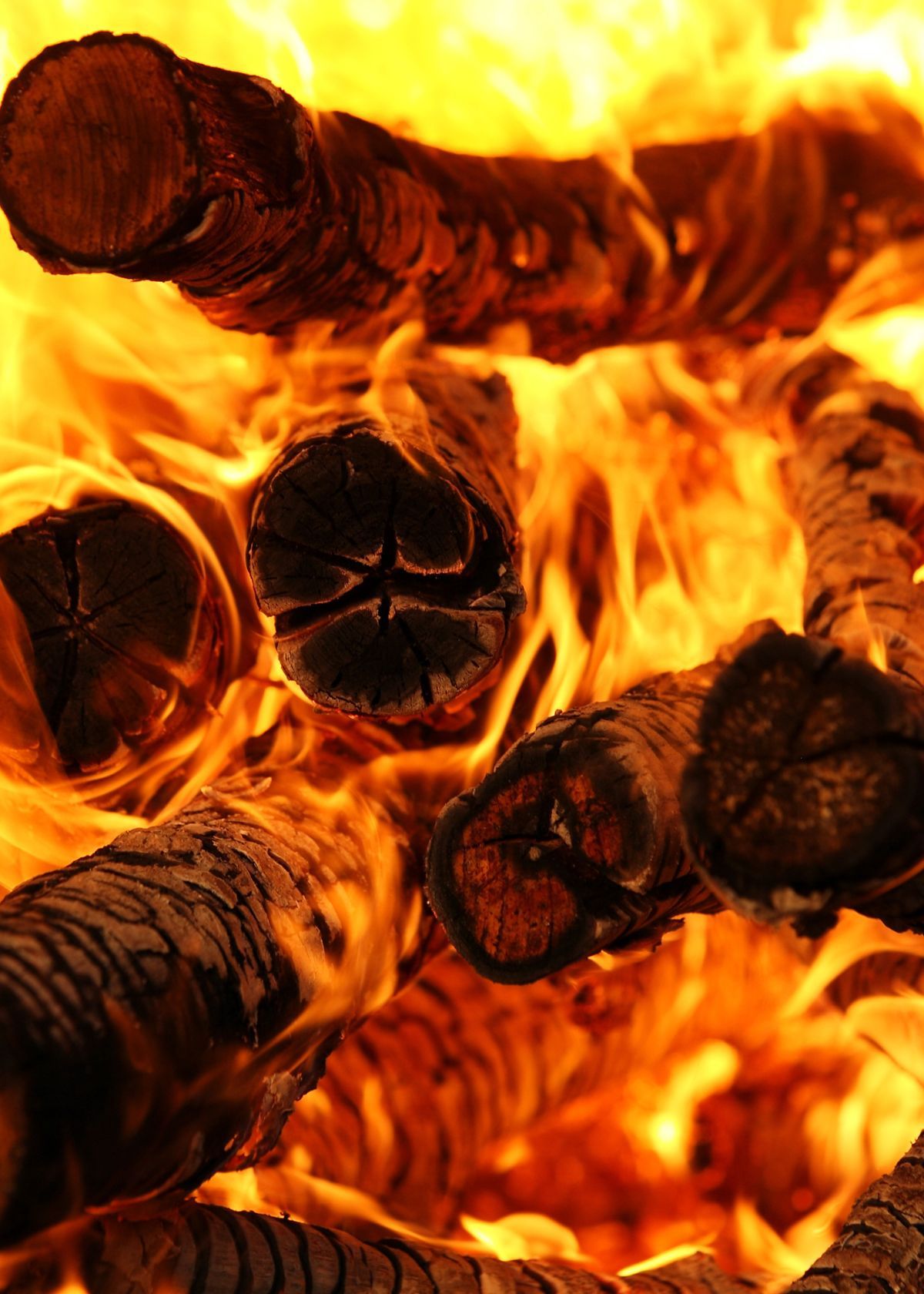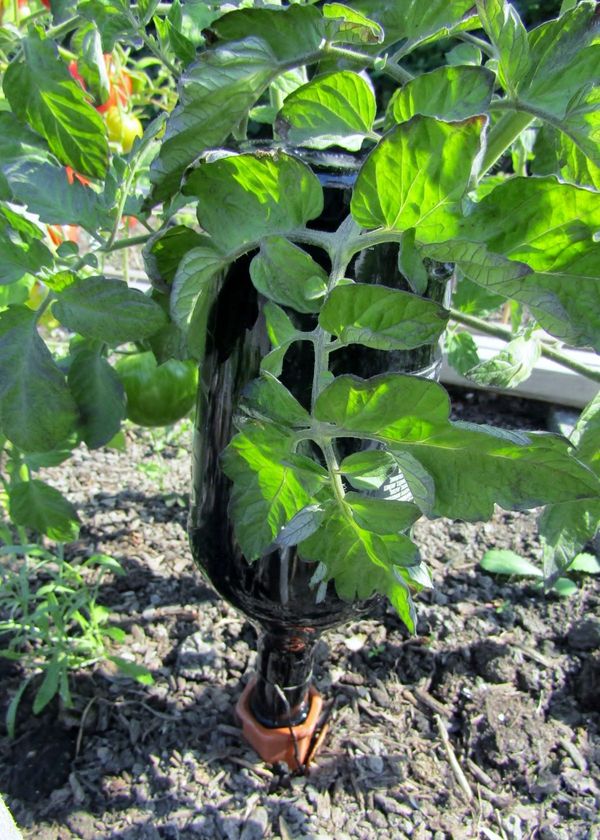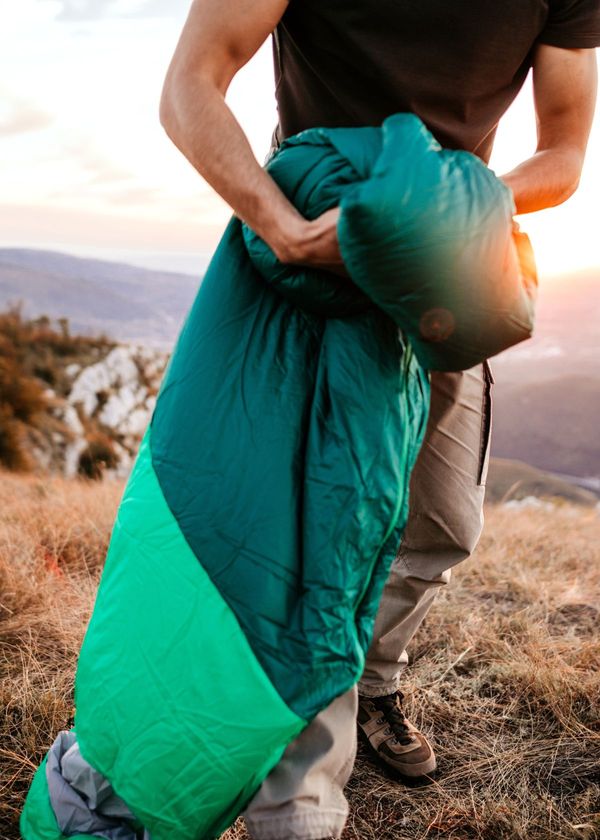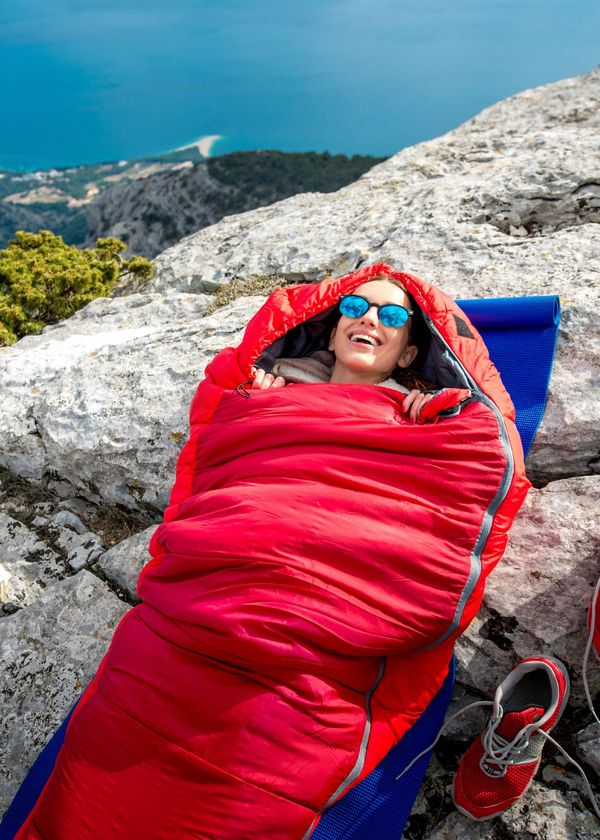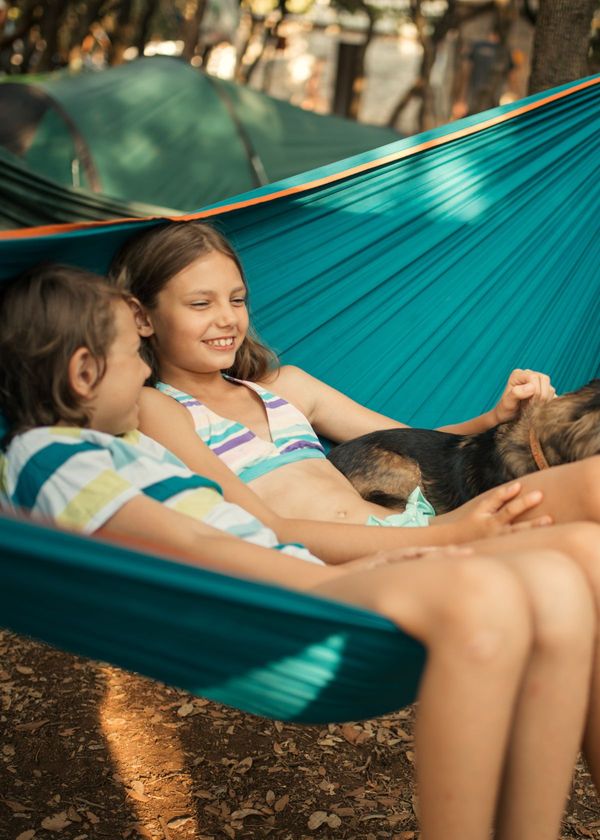Learn how to start a wood stove fire without smoke! This guide provides tips and tricks for avoiding smoke when starting your fire.
A wood stove is a great source of comfort and warmth in colder months, but with this comes the potential for smoke entering your home. You want to avoid that, especially not after all the hard work it takes to stack low moisture content wood into the stove! So if you're looking for tips on how to start a wood stove fire without smoke or as little smoke as possible, we have just what you need.
This post will discuss different techniques to help ensure your fires stay clean and free from pollution - whether you're using softwood or hardwood logs fire starter. Read on to learn more about starting a fire without creating lingering plumes of sooty air in your living area.
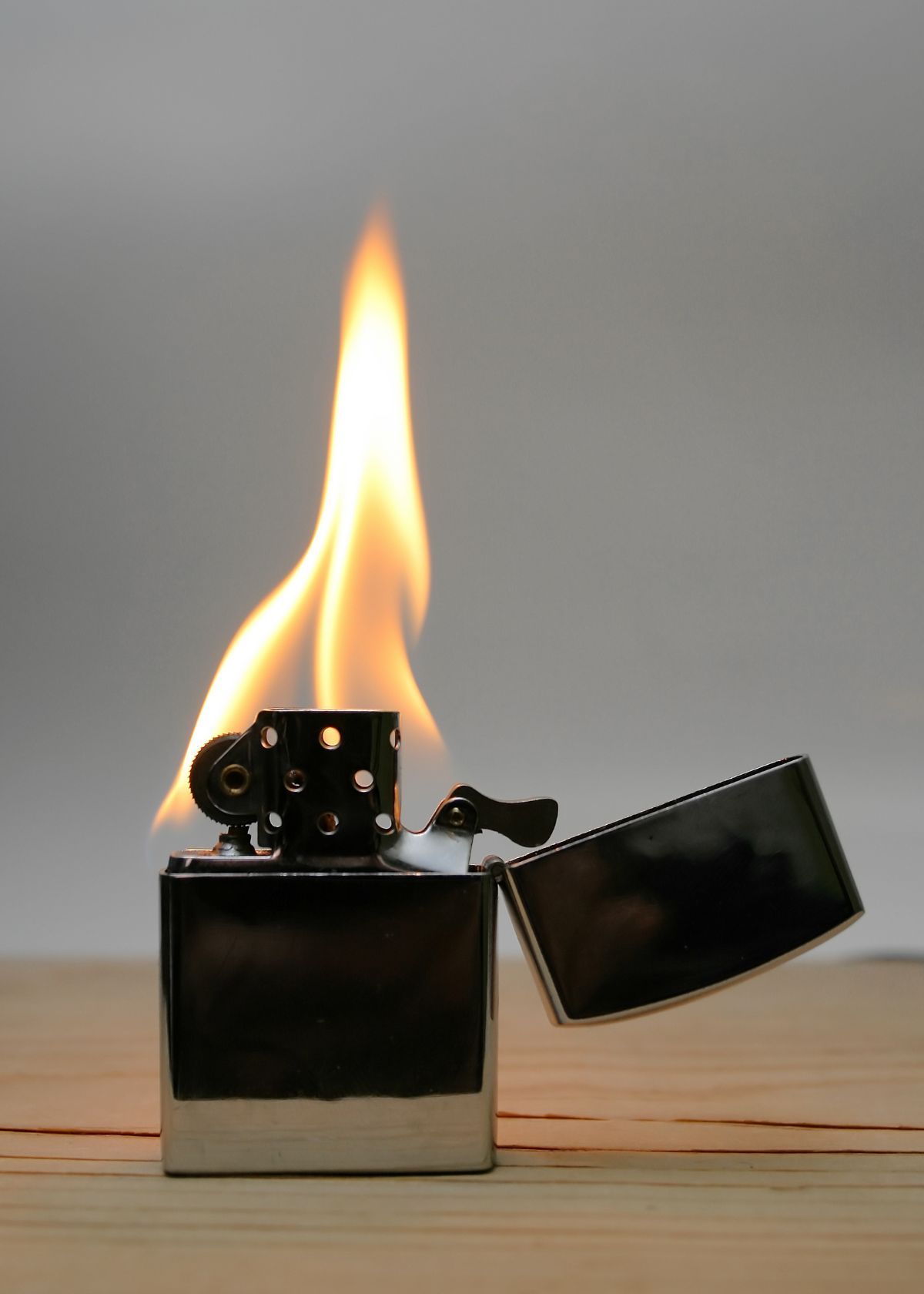
Tips to Start a Wood Stove Fire Without Smoke
To start a wood stove fire without smoke, place a tinder and kindling in the stove. Your fuel should be of the driest material, such as newspaper or even lint, from your dryer. To ensure enough ventilation for a good draft, arrange your kindling around the fuel in a tipi shape with plenty of space between each piece so air can flow freely. Once this is done, light the paper or lint and allow it to heat the larger pieces of kindling.
Now that your kindling is burning steadily, carefully add slightly larger wood pieces. Ensure not to overfill the firebox; always allow air to circulate the burning wood. If you need to add more wood as your fire burns, do it slowly and again, and leave enough space for air to pass through.
Finally, close the damper on the stove once your fire is established and burning steadily. This will help draw air up through the stove and keep smoke from entering the room. Following these tips, you can start a wood stove fire without creating any unwanted smoke!
Why Does My Wood Stove Smoke When I Start It?
If you've just started your wood stove, and it emits smoke, there are several reasons. This can happen if the chimney flue is closed or the wood is not completely dry. Additionally, smoking could be caused by a buildup of soot in the burning chamber, a blockage in the chimney due to debris or animals nesting inside, or an incorrect air-to-fuel ratio.
The best way to prevent this kind of smoking is to ensure that your logs and kindling are as dry as possible before starting a fire. Additionally, ensure that the flue is fully open before lighting your stove. If these steps do not solve the issue, you may need a professional to inspect your stove and chimney for any blockages or other issues.
By following these amazing steps, you can help reduce the chances of your wood stove smoking when it is first lit. If you have further questions about why your wood stove smokes when it is started, consult an expert for more advice.
Can you Build a Fire Without Smoke?
The short answer is yes, you can build a fire without smoke! Although smoke is often associated with fire, it isn't required for the fire to burn. There are several ways to create less smoke.
One way is to use an electric stovetop. These devices use electricity as fuel and don't produce any smoke. You can also use alcohol-based fuels such as denatured alcohol or rubbing alcohol, which will not produce significant amounts of smoke when burning.
What is the Best Way to Start a Wood Burning Stove?
The best way to start a wood-burning stove is to begin with small pieces of dry, seasoned wood. Start by filling the firebox up about halfway. Place 2 or 3 pieces of kindling on top of the larger pieces of wood and light them using a long-handled match or fireplace fire lighter. Once the kindling starts burning, add slightly larger pieces of wood until you have enough to fill your firebox.
Allow this initial cozy fire to burn for 15 minutes with its door open before adding more fuel. This will ensure that all the components are warmed up and ready to operate at maximum efficiency while providing ample time for creosote buildup in your chimney to be burned off safely!
Once your initial fire has been burning for 15 minutes, you can add larger wood pieces to maintain a steady burn. Add more fuel every hour or two and keep the smoky fires at a safe burning temperature by controlling the cold air flow intake with your damper.
Remember that it's better to start small and add wood as needed than to overload your firebox with too much fuel and risk creating an unsafe environment. With regular tending, your wood-burning stove should provide heat and comfort all winter long! Good luck!
Safety tips:
- Keep any flammable materials away from the cold stove
- Never leave a fire unattended
- Check the chimney regularly for creosote buildup, which could lead to a dangerous chimney top-down fire.
- Make sure the firebox is properly ventilated to prevent a dangerous buildup of fumes or smoke in your home.
- Never use wet or green wood, as it burns inefficiently and can cause creosote buildup more quickly than dry wood.
- Use a stove thermometer to help you monitor the temperature of your stove and ensure safe burning conditions.
- Always use a fire extinguisher in the area and know how to put out a roaring fire safely.
Follow all manufacturer instructions for the safe operation of your wood-burning stove. Read the operating manual before using your appliance, and always contact your local fire department or chimney sweep for any additional advice. With proper care, your wood-burning stove will provide plenty of warmth and comfort this winter! Enjoy!
Conclusion
A wood stove is an ideal top-down method to heat your home without using electricity, but it can take a lot of work to get started. By following these tips, you should be able to start a fire on your wet wood stove without any smoke. And once you've got the hang of it, you'll enjoy the benefits of eco-friendly and cost-effective wood stoves all winter!



